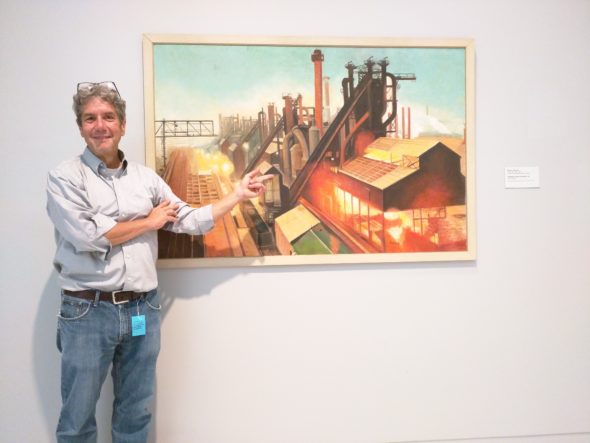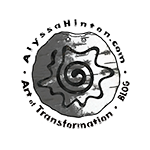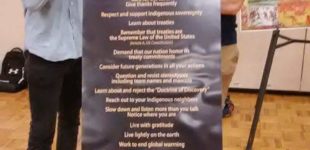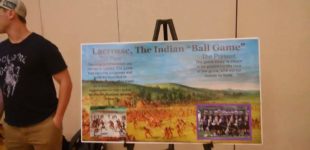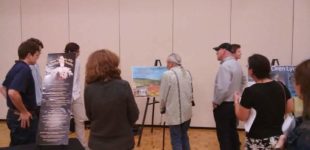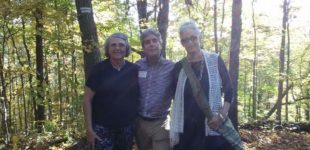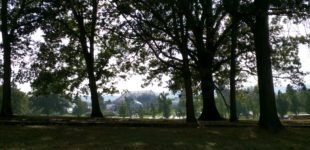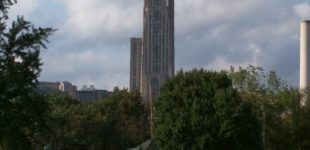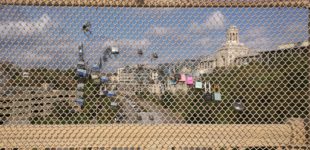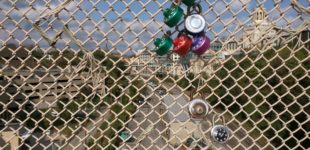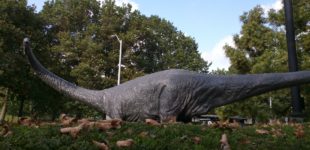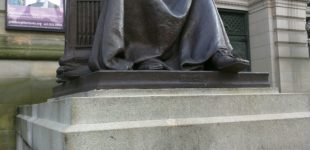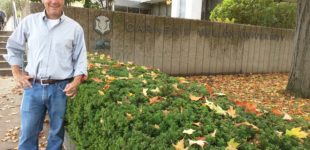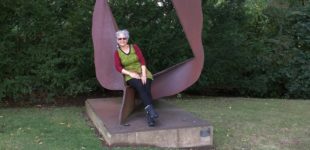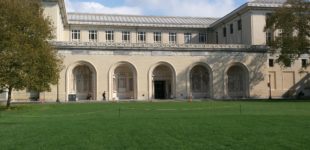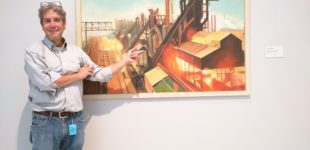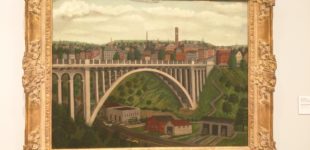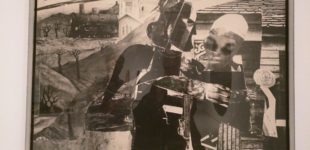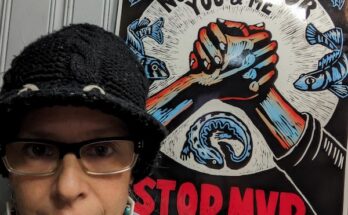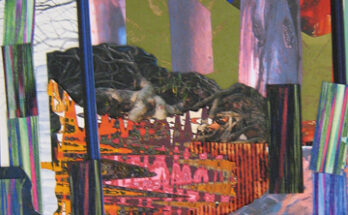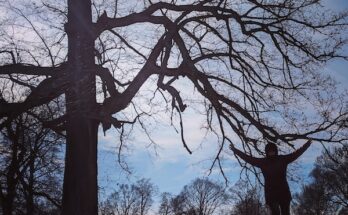A visit to Pittsburgh and WVU Native Studies Department!
After the opening reception of Earth Consciousness & Cultural Revelations at the Putney School Currier Center Gallery, I journeyed southwest across the southern tip of New York State and the vast expanse of Pennsylvania, all the way out to Pittsburgh (for the first time) to visit with Peter Burk, old friend, mound traveler, spiritual seeker and history buff. He is the brother of Larry Burk, whose book cover I did back in 2012 (Let Magic Happen, a book chronicling the mind-body journey and spiritual quest of a Duke radiologist).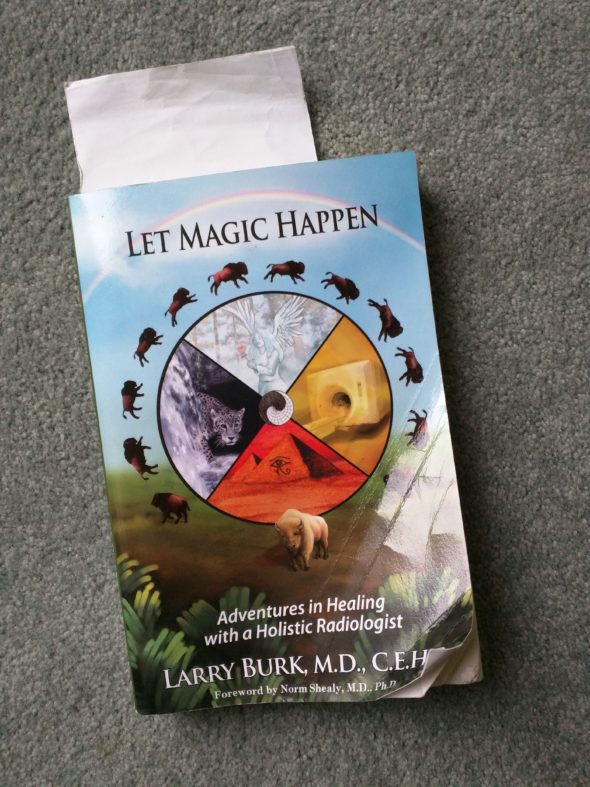
Wow, Amazing Carved Roadway on the Way to Pittsburgh!
I couldn’t resist videotaping this amazing scenery along route 80, about 3 hours west of Pittsburgh (this was about an 11 hour trip when all was said and done!):
Oren Lyons Speaks at the West Virginia University Native American Studies Department Peace Tree Celebration-A Valuable Opportunity
The next day it was just a hop and a skip across the border south to Morgantown, VA to attend the Peace Tree Celebration of the Native American Studies Department at West Virginia University. I joined the local Women’s drum circle to sing the opening and closing songs for renowned Iroquois Indigenous leader Oren Lyons, who was guest speaker, and spoke about the reality of our trajectory as a nation, politically, ecologically, genocidally and otherwise…not a message for the faint at heart!

Called back to his Roots and Traditions by the Grandmothers and Clan Leaders
He talked a bit about his own biography to ground his story, starting out in the NY corporate illustration world, but was called back to his roots and traditions by the grandmothers and clan leaders to serve and lead at a critical time in his people’s story. He had his doubts, but answered their call, yet it cost him everything of this world; his family at the time, wife and house, etc.

Advocate at the United Nations
That said, he gained so much wisdom, understanding and benefit…and he studied w/the elders, and went on to teach at a university. He became a spokesperson for the people, but also for the indigenous cause across Turtle Island, and the world at large. In that role, his biggest public one, he was as an advocate at the United Nations to ensure an indigenous place and voice at/in that world body. This led, after a long journey and struggle, to the passage of the UN Resolution on Indigenous Rights in 2007.
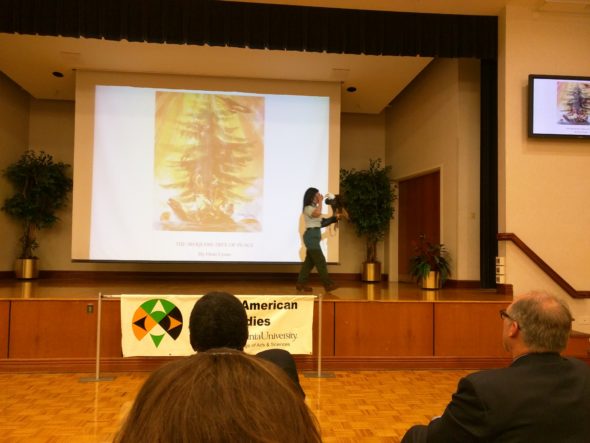
Peacemaker, who came to the Iroquois 1000 years ago
Beyond all these specifics, he told the story of the Peacemaker, who came to the Iroquois 1000 years ago, and informed the audience that the true history of the founding of this country is not told…it is suppressed. The fact is the founding fathers met for over a span of one generation with the Iroquois elders to learn how a confederacy could work, and hold together, as the Iroquois nations had done over the years.
Founding Fathers
The founding fathers listened then, but haven’t listened to recent warnings about the earth and the role and importance of peace. He said that peace is hard, and the prophecies are real in the here and now…and it is only going to get worse. The window is closing as to our chance to hear and change the way we live on the earth, but it is still possible.
He challenged the audience and the young people in particular to get involved in human rights causes, sustainability movements, and the like, as it is their generation that can make the difference before it’s too late.
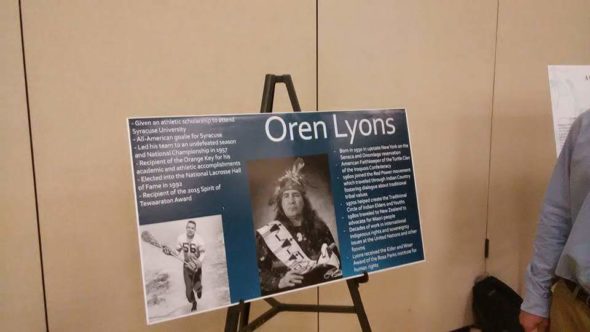
Aiewáhtha Wampum Belt
…and, on a lighter note, upon looking around, I have discovered there are now 102 uses for duck tape: on the table in the lecture hall was a giant rendition of the famous Haudenosaunee 6 nations Aiewáhtha Wampum Belt made entirely with purple and white duck tape!
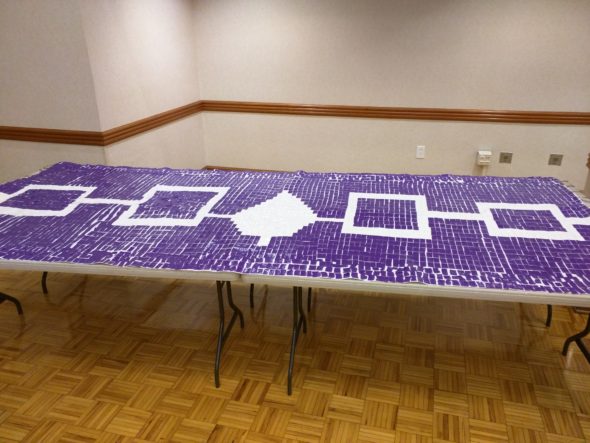
The Aiewáhtha Wampum Belt symbolizes the League of 6 Nations coming together as one. From east to west the original nations of the confederacy are Mohawk, Oneida, Onondaga, Cayuga and Seneca….in other words the league of 6 nations (Tuscarora is the 6th). The nations of the confederacy recognize themselves as Haudenosaunee from their own language meaning “They made the house.”
www.haudenosauneeconfederacy.com/leagueofnations.html
This belt is the national belt of the Haudenosaunee. The belt is named after Aiewáhtha, the Peacemaker’s helper. In this belt, it records when 5 nations; the Seneca, Cayuga, Onondaga, Oneida, and Mohawk, buried their weapons of war to live in peace. Each square represents a nation and the line connects each nation in peace.
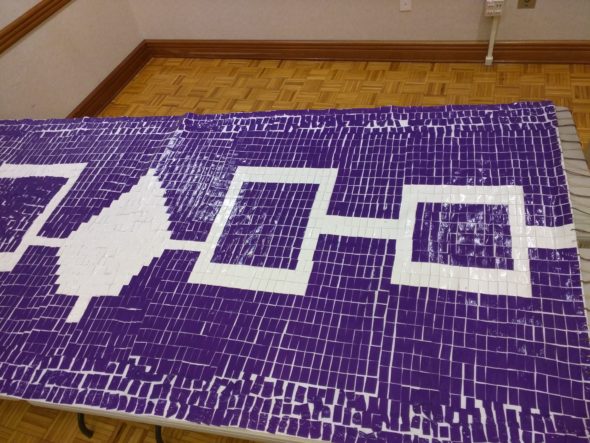
The center symbol represents Onondaga. Here the peacemaker planted the Tree of Peace. Under this tree the leaders buried their weapons of war beneath it. Then the Peacemaker set forth a method for the Haudenosaunee to gather as one to think about decisions concerning the Haudenosaunee.
The Peacemaker set the council fire at Onondaga. Onondaga is where the nation leaders will meet. He then used the symbolism of the longhouse in the belt. To the west, he named the Senecas as our Western Doorkeepers and the east the Mohawks the Keepers of the Eastern door. As for the Onondagas, he named them the Firekeepers. They are entrusted to ensure that the council fire of the Haudenosaunee continues on.
This belt was made when the Haudenosaunee was formed before the first Europeans came to Turtle Island.
http://www.onondaganation.org/culture/wampum/hiawatha-belt/
WVU Peace Tree, planted 20 years ago
…After our luncheon, we offered tobacco peace prayers and tied ribbons on the WVU Peace Tree, planted 20 years prior! It was great to see the children participating in this:
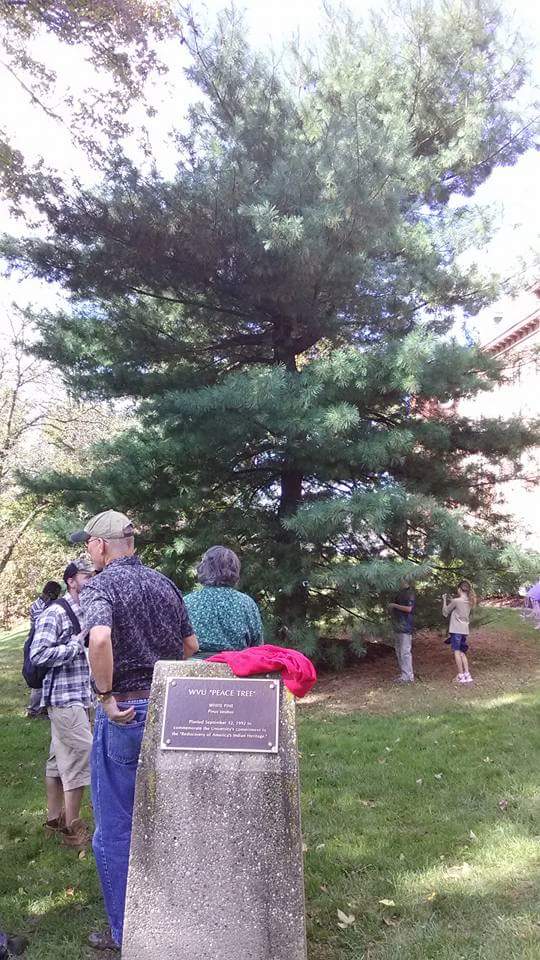
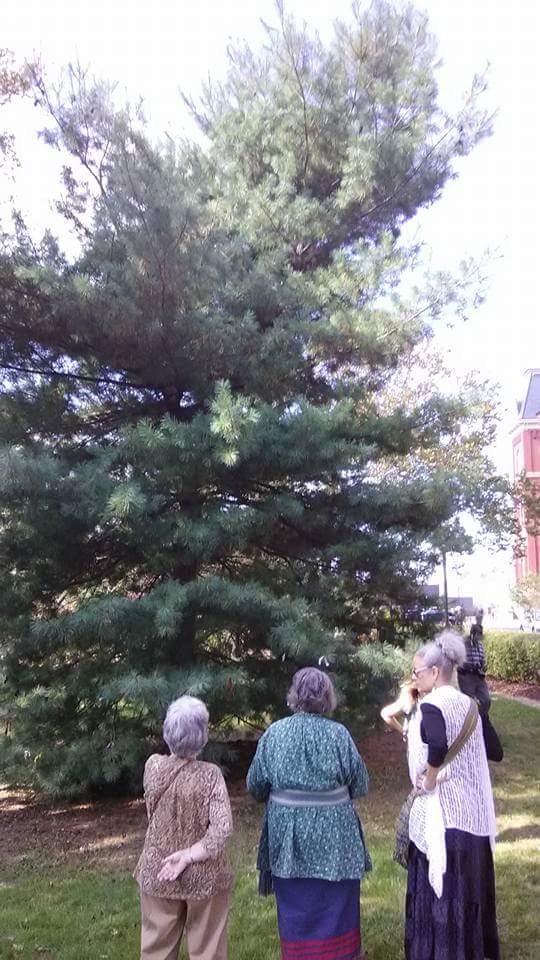
Personal Tour of Pittsburgh
The next day Peter Burk took me on a personal tour of some of the finer outgrowths of Pittsburgh big steel money, including the Carnegie Museum complex, which actually reminded me of Paris (and Florence, Italy for that matter)!!
